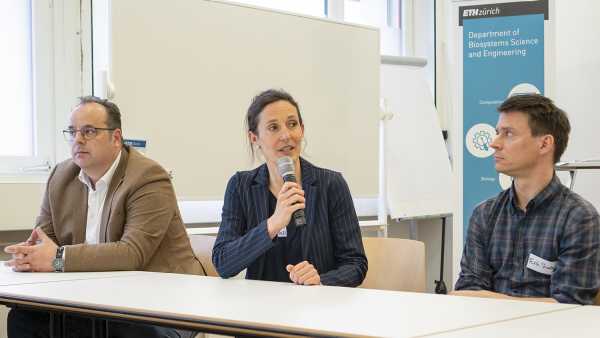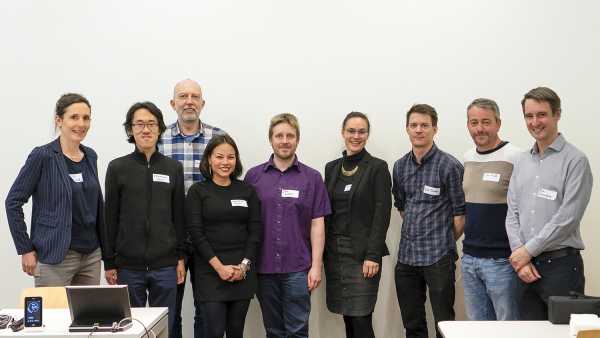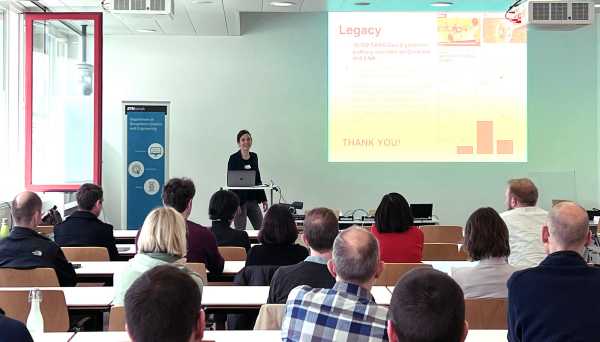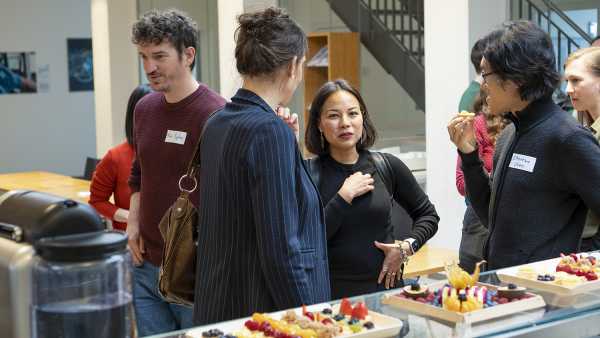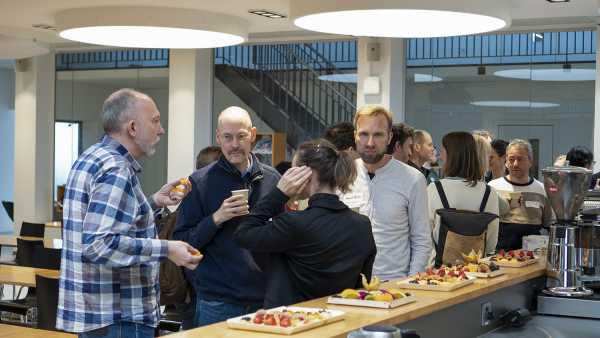Key partners to the Swiss SARS-CoV-2 sequencing consortium (S3C) were the D-BSSE research groups Computational Evolution of Tanja Stadler and Computational Biology of Niko Beerenwinkel, the ETH Platforms NEXUS Personalized Health Technologies and the Scientific IT Services (SIS), the sequencing facilities Genomics Facility Basel (GFB) and external page Functional Genomics Centre Zurich (FGCZ), the diagnostic lab external page Viollier AG, the external page Swiss Pathogen Surveillance Platform, and the external page Federal Office for Public Health (FOPH).
Partners to the Surveillance of SARS-CoV-2 genomic variants in wastewater programme led by Niko Beerenwinkel are external page eawag and external page EPFL.
Key publications from the Swiss SARS-CoV-2 sequencing consortium:
Chen, C, S Nadeau, I Topolsky, N Beerenwinkel, and T Stadler (2022) external page Advancing genomic epidemiology by addressing the bioinformatics bottleneck: Challenges, design principles, and a Swiss example. Epidemics, 39, https://doi.org/10.1016/j.epidem.2022.100576
Chen, C, S Nadeau, I Topolsky, M Manceau, J Huisman, K Jablonski, L Fuhrmann, D Dreifuss, K Jahn, C Beckann, M Redondo, C Noppen, L Risch, M Risch, N Wohlwend, S Kas, T Bodmer, T Roloff, M Stange, A Egli, and T Stadler (2022) external page Quantification of the spread of SARS-CoV-2 variant B.1.1.7 in Switzerland. Epidemics, 37, https://doi.org/10.1016/j.epidem.2021.100480
Nadeau, S, T Vaughan, C Beckmann, I Topolsky, C Chen, E Hodcroft, T Schär, I Nissen, N Santacroce..{+ 38 authors}, and T Stadler (2022) external page Swiss public health measures associated with reduced SARS-CoV-2 transmission using genome data. Science Translational Medicine, 15: 680, https://www.science.org/doi/full/10.1126/scitranslmed.abn7979
